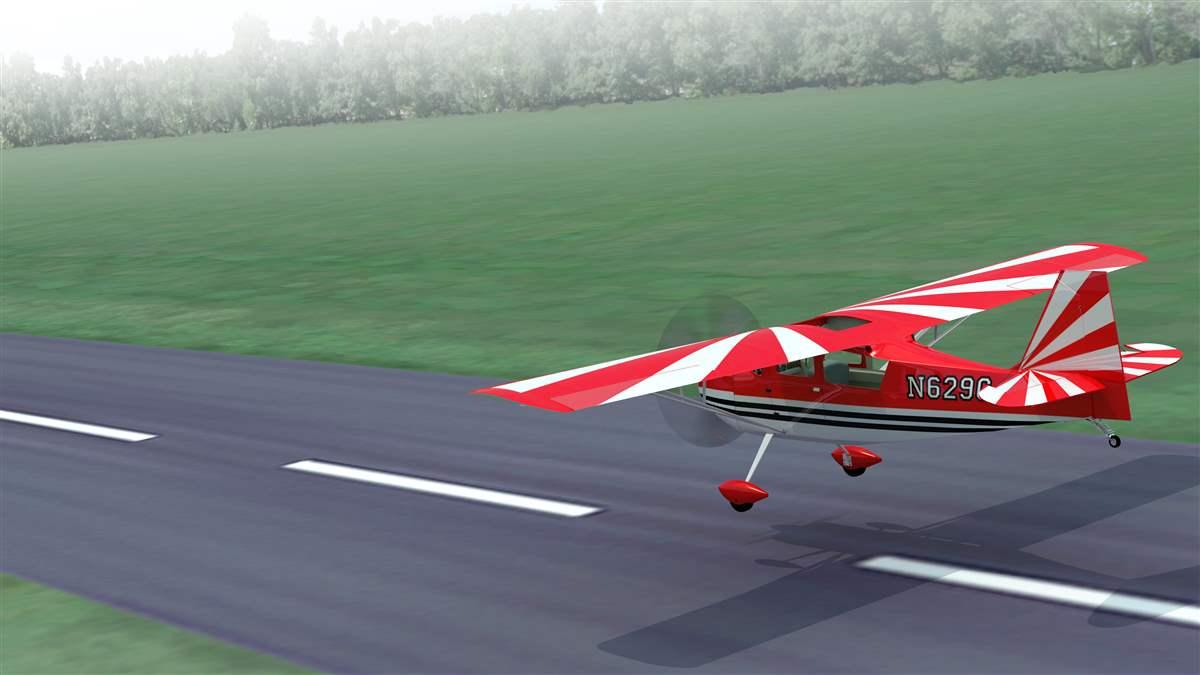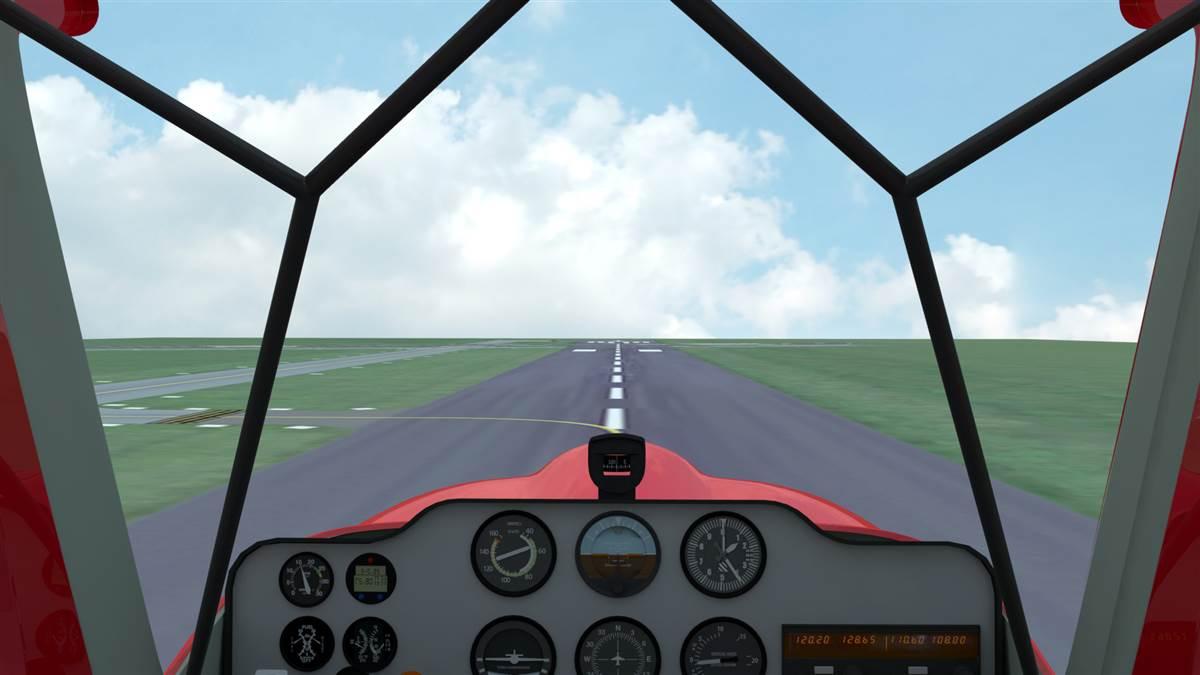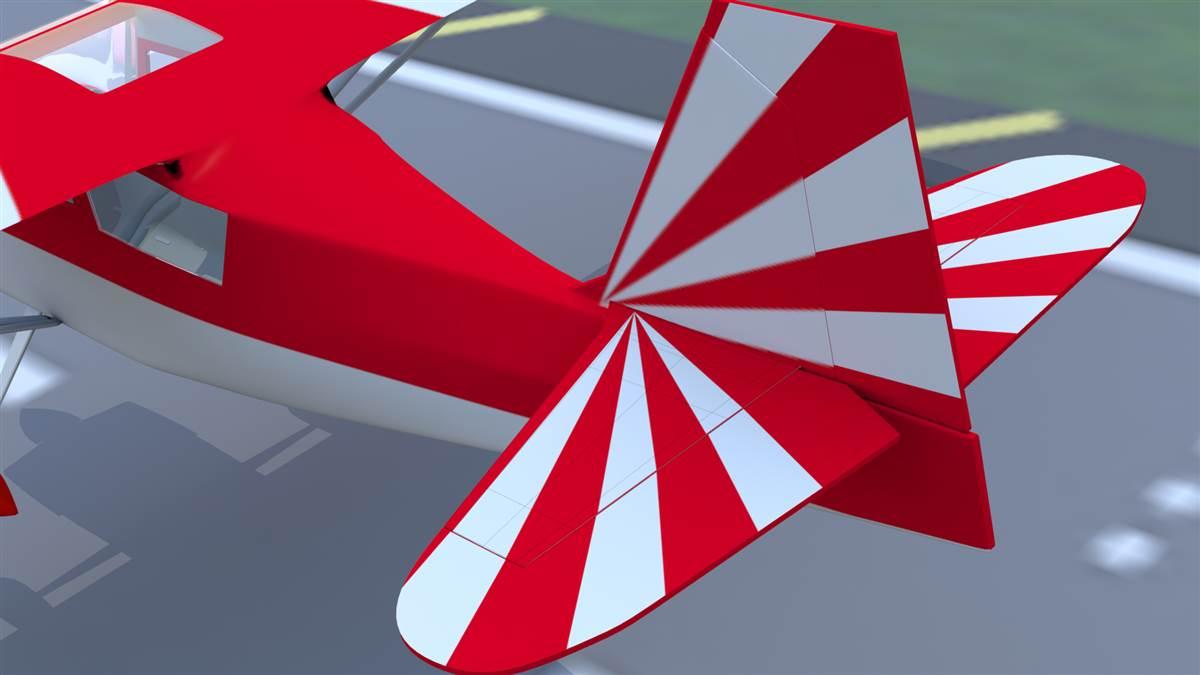
Every wheel landing begins with a lie.
On final approach with the airplane configured for landing, the pilot tells himself he intends to fly the entire length of the runway, one foot off the ground. He thinks about flying, not landing, although intellectually he knows the engine is near idle and isn’t producing enough power to maintain level flight for more than a few seconds.
When the main wheels touch down (despite the pilot’s half-hearted effort to keep them a foot off the ground), he applies forward stick to “pin” the main gear to the runway surface. Then he reduces engine power to idle and patiently “flies” the tailwheel to the ground. Once the tailwheel touches the runway surface, full back stick and quick rudder inputs keep the airplane tracking straight ahead as it decelerates.
Why the lie?
When pilots think about landing, they often touch down with an excessive rate of descent. The tail drops, the wing's angle of attack increases, and the airplane bounces back into the air. When the pilot thinks about flying, he gradually increases back pressure on the stick and reduces the rate of descent to almost nothing. There’s little, if any, bounce—and the pilot has lots of time to apply forward stick and keep the airplane firmly on the ground.

In level flight with the main wheels one foot off the ground, try to maintain flight the entire length of the runway. Be surprised when the main wheels touch.



Where are wheel landings inappropriate?
• At short or rough airstrips, or where ground/propeller clearance is an issue.
What are the benefits?
• Better forward visibility; less wear on the tailwheel assembly—and they just look cool.
What are the drawbacks?
• Higher touchdown speeds and longer ground rolls.



